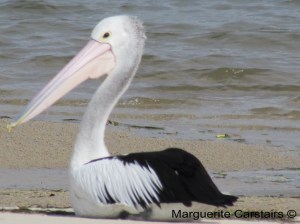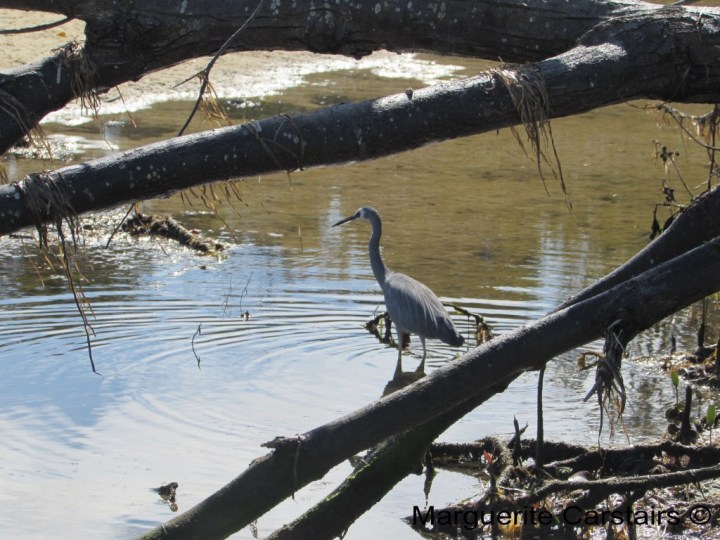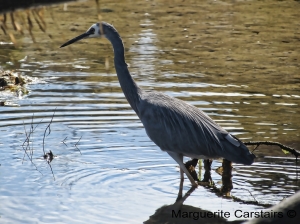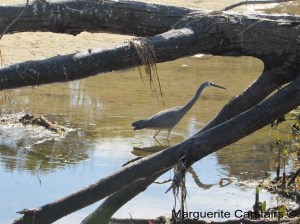
THE AUSTRALIAN PELICAN (Pelecanus conspicillatus) has mythological significance for Aboriginal people. It was harvested for food by the Yandruwandha people in the Coongie Lakes, has long been persecuted and had nesting colonies destroyed by European fisher folk as perceived competitors for their fish stocks. It learns quickly to capitalise on human and other novel sources of food (friendly anglers, municipal garbage dumps), and is a common sight around wharves and harbours in coastal Australian towns, particularly fishing centres.


Amongst the heaviest flying birds in the world, pelicans as a group evolved from marine ancestors, but six of the seven species including the Australian pelican spend most of their time on rivers, lakes, inland seas and coastal waters. Male Australian pelicans can weigh in excess of 10 kg, but 8 kg is a more usual upper weight. Recognised instantly by their massive bill and pouch, pelicans mainly eat fish, and they nest colonially. They soar spectacularly on thermals, occasionally to great heights (3000 m or more), and they display precise orchestration of movement when feeding cooperatively or flying in V formation.


The four inland Pelican colonies recorded were Lake Cawndilla (Menindee Lakes, NSW), Lake Eyre South (SA), Lake Goolangirie (Coongie Lakes, SA), and Lake Machattie (Georgina River, QLD)

Pelicans are a genus of large water birds that makes up the family Pelecanidae. They are characterised by a long beak and a large throat pouch used for catching prey and draining water from the scooped up contents before swallowing. They have predominantly pale plumage, the exceptions being the brown and Peruvian pelicans. The bills, pouches and bare facial skin of all species become brightly coloured before the breeding season

Pelicans frequent inland and coastal waters where they feed principally on fish, catching them at or near the water surface. They are gregarious birds, travelling in flocks, hunting cooperatively and breeding colonially. Four white-plumaged species tend to nest on the ground, and four brown or grey-plumaged species nest mainly in trees. The relationship between pelicans and people has often been contentious. The birds have been persecuted because of their perceived competition with commercial and recreational fishing. They have suffered from habitat destruction, disturbance and environmental pollution, and three species are of conservation concern. They also have a long history of cultural significance in mythology, and in Christian and heraldic iconography.

The Australian pelican (Pelecanus conspicillatus) is a large waterbird of the family Pelecanidae, widespread on the inland and coastal waters of Australia and New Guinea, also in Fiji, parts of Indonesia and as a vagrant in New Zealand. It is a predominantly white bird with black wings and a pink bill. It has been recorded as having the longest bill of any living bird. It mainly eats fish, but will also consume birds and scavenges for scraps.
-26.986100
153.132524
































































































